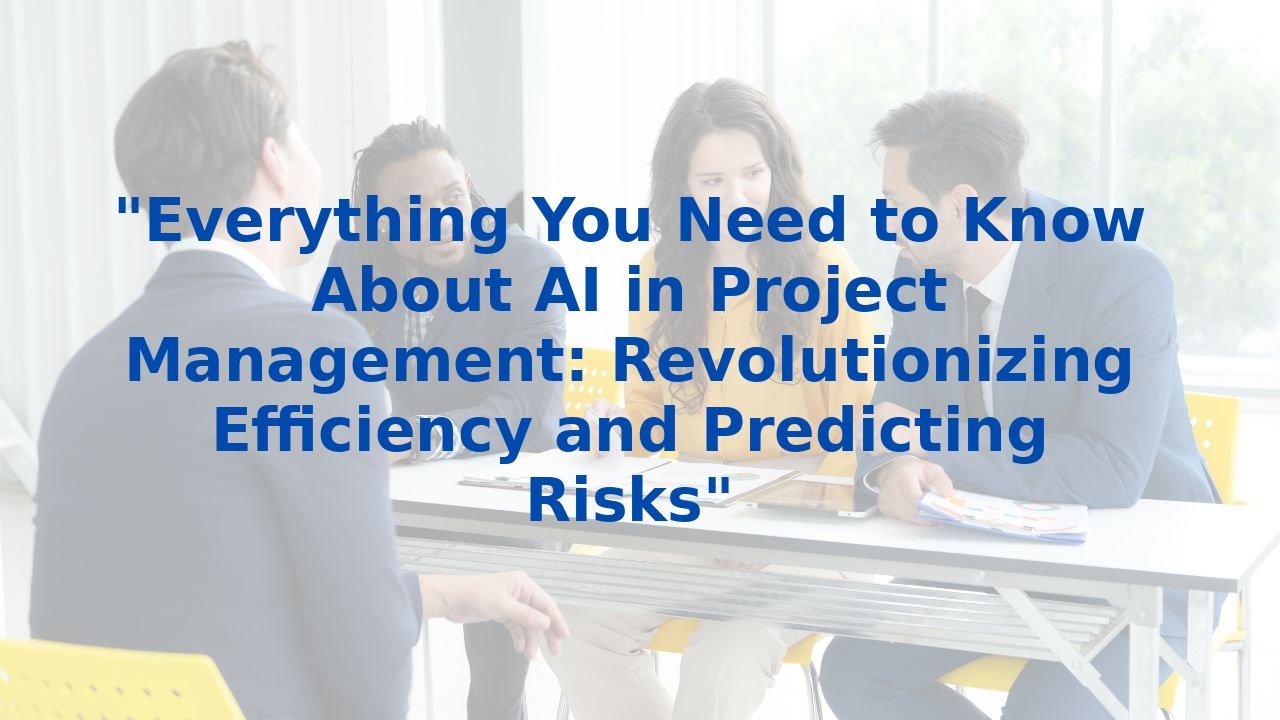How To Transform Your Business Through Human-Centric AI Integration
How To Transform Your Business Through Human-Centric AI Integration
In an age where innovation can dictate organizational success, integrating Artificial Intelligence (AI) into business processes is not merely advantageous; it's essential for survival. As we explore the profound effects of AI, we will highlight how a human-centric approach can elevate your business efficiency and create sustainable growth.
Improving Business Efficiency
AI has emerged as a transformative tool in the modern workplace, shifting the focus from manual operations to automated processes that can save time and resources. As reported, approximately 42% of enterprises globally have embraced AI, while 40% are engaged in experimentation. The current adoption trajectory underscores the urgency to capitalize on AI's benefits.
By automating mundane tasks like data entry and invoice processing, AI minimizes the need for human involvement, reduces error margins, and speeds up transactions. This liberation empowers your team to pivot towards tasks that require creative problem-solving, strategic foresight, and human intuition.
Efficiency and Automation
Routine tasks are often the invisible shackles that slow down workflows. However, AI can streamline operations, driving down costs and enhancing productivity. Take supply chain management as an example: AI can predict demand fluctuations, optimize inventory levels, and improve logistics. Such automation cascades into tangible cost savings and a marked increase in operational efficiency.
Data-Driven Decision Making
In a world awash with data, AI stands out as the navigator of insights. By analyzing vast quantities of information in real time, AI informs decisions with unparalleled precision. In fact, a report from PwC posits that AI has the potential to elevate employee productivity by up to 40% by 2035, emphasizing the significance of data when making informed choices.
This data-driven mindset not only curtails errors but also refines overall business performance, allowing organizations to remain agile in a rapidly evolving marketplace.
Enhancing Workplace Safety and Health
Workplace safety is another vital arena where AI can lend its strengths. By predicting potential hazards, AI can foster a safer environment, yielding higher job quality and organizational efficiency. Businesses can save significantly on accident-related costs while fostering a culture of safety and well-being.
Employee Training and Development
AI also plays a critical role in employee growth. By identifying skill gaps and offering tailored learning paths, AI enhances professional development. This is where a human-centric approach truly shines. With AI to handle routine administrative burdens, employees can expand their skills and cultivate their capabilities.
Training employees to work with AI systems is paramount. Upskilling your workforce equips them to adapt to AI-enhanced roles. It establishes a collaborative environment where human intuition and AI efficiency coexist, nurturing a workforce ready to tackle future challenges.
The Human-Centric Advantage
The success of AI integration hinges on placing human potential at the forefront. This requires a shift in mindset and a commitment to long-term investment in human resources. When organizations embrace the symbiosis of people and technology, they lay a foundation for sustainable success.
By investing in employee training programs, businesses not only acquire AI-related skills but also foster an environment of growth and innovation. Market-leading organizations understand that successful AI adoption benefits all stakeholders—from frontline workers to executives—paving the way for a vibrant and engaged workplace.
Strategic Implementation
While the benefits of AI are evident, successful implementation is crucial. Organizations must ensure alignment between AI tactics and overarching business objectives. This requires continuous investment in skills and capabilities to navigate complexities such as data intricacies and ethical dilemmas. A thoughtful, phased approach can help mitigate risks while maximizing the potential of AI in business operations.
Conclusion
AI is not just a technological infusion; it represents a significant evolution in the way organizations operate. By focusing on human-centric integration, businesses can streamline processes, enhance decision-making, and foster a culture of growth and safety. The future lies in harmonizing technology with human talent, ultimately driving profitability and sustainability.
The path forward is clear: embracing AI with a focus on human development is a game changer. By doing so, organizations set themselves on a trajectory towards a safer, more efficient, and more inspiring workplace—one where employees thrive and companies flourish.



